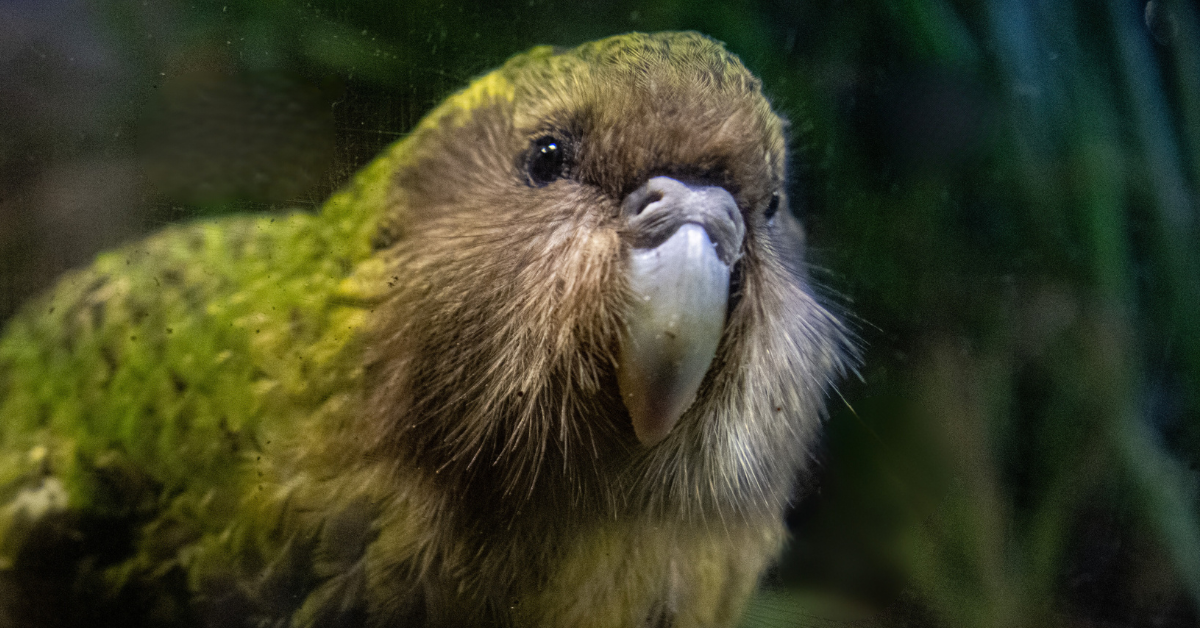
When we think of birds, most of us almost immediately think of them taking flight. We less immediately, if at all, picture them walking and running on the ground, just like humans – but we should because many of them do!
Numerous bird species have evolved not to fly.
Scientists describe the “bird tree of life” as being “rife with flightless species”, who “have evolved time and time again” and range from “gigantic apex predators” to subjects of “secretive lives on remote islands”. And, though scientists may still disagree as to the driver for flightless birds’ evolution, one prominent theory “suggests that flight became unnecessary for ancient birds that colonized habitats without predators, because those birds no longer needed that adaptation to escape” (i.e., that flightless birds “evolved from birds that could fly but in areas where flight was not needed for survival”).

Today, about 60 bird species are flightless, including:
- The world’s largest bird: the common ostrich! (Adult male ostriches can stand 9 feet tall and weigh over 330 pounds!)
- One of the world’s “strangest birds”: the Kākāpō! (The “world’s only flightless” and “largest” parrot, kākāpōs have “an owl’s face, penguin’s stance, and duck’s gait”, can “grow up to 2 feet in length”, are “fat and bright green”, are “nocturnal”, “often move[] around by jogging”, and can make “distinctive booming call[s]” reminiscent of “a one-bird jug band, which can be heard up to half a mile away”!)
At least 166 flightless bird species are known to have become extinct in the past, and this has led commentators to observe that:
The story of flightless birds is like an iceberg, of which the few living species are only the tip. Most of it is hidden in the past, either in the deep time of geological history or in pre-historic and historic extinctions that ensued when humans colonized the Earth.
Researchers actually project that there “would be at least four times as many flightless bird species on Earth today if it were not for human influences….”
There are significant physical differences between flying and flightless birds.
Flightless birds — “[f]reed from the weight limits imposed by flight” — tend to be “larger and heavier” with “denser and heavier” bones (albeit, unsurprisingly, “smaller wing bones”). Flightless birds also have no or much smaller keels on their breastbones (which “anchor[] muscles needed for wing movement”), grow “more and different types of feathers”, and are “precocious” (or feathered, as opposed to naked, when young).

Many “bird groups” — including the ratites, waterfowl, grebes, cormorants, penguins, rails, and parrots — have flightless members. While the ratites — which include ostriches, emus, cassowaries, rheas, and kiwis — are considered “the “most iconic flightless birds alive today”, one of most well-known flightless birds remains the penguin (all 18 species of whom “are unable to fly, and are in fact better built for swimming and diving….”).

The “world’s smallest flightless bird” is the Inaccessible Island Rail. These “tiny, mouse-like” birds, who are endemic to Inaccessible Island in the South Atlantic, grow to a maximum length of 15.5 centimeters and a maximum weight of 49 grams (or, about, one-tenth of one pound!).
The “greatest concentration of flightless birds that remain in the world” live in New Zealand, where there were “no land mammals that preyed on birds” until “the arrival of humans”. Flightless New Zealanders include the:

- aforementioned (and awesome!) Kākāpō;

- Takahe: “conservation miracle[s]”, who are brilliantly-colored, vegetarian, and “hide-and-seek master[s]” with “remarkable longevity” (living “up to 20 years”);

- Weka: “clever thieves”, “skilled swimmers”, and notable singers; and

- Kiwi: nocturnal omnivores with “cat-like whiskers” on their faces, who are often considered “more like a mammal” than a bird, rely “on a highly developed sense of smell and touch”, and lay — relative to their size — “the biggest egg of any living species”.
Tragically, “about half of the existing flightless birds are listed as threatened with or vulnerable to extinction”.
Human colonization, human introduction of non-native species to habitats, environmental degradation, and habitat loss pose tremendous, ongoing threats to these amazing creatures.
Learn something fascinating? Spread the word about flightless birds! Share this page on Facebook or X now.